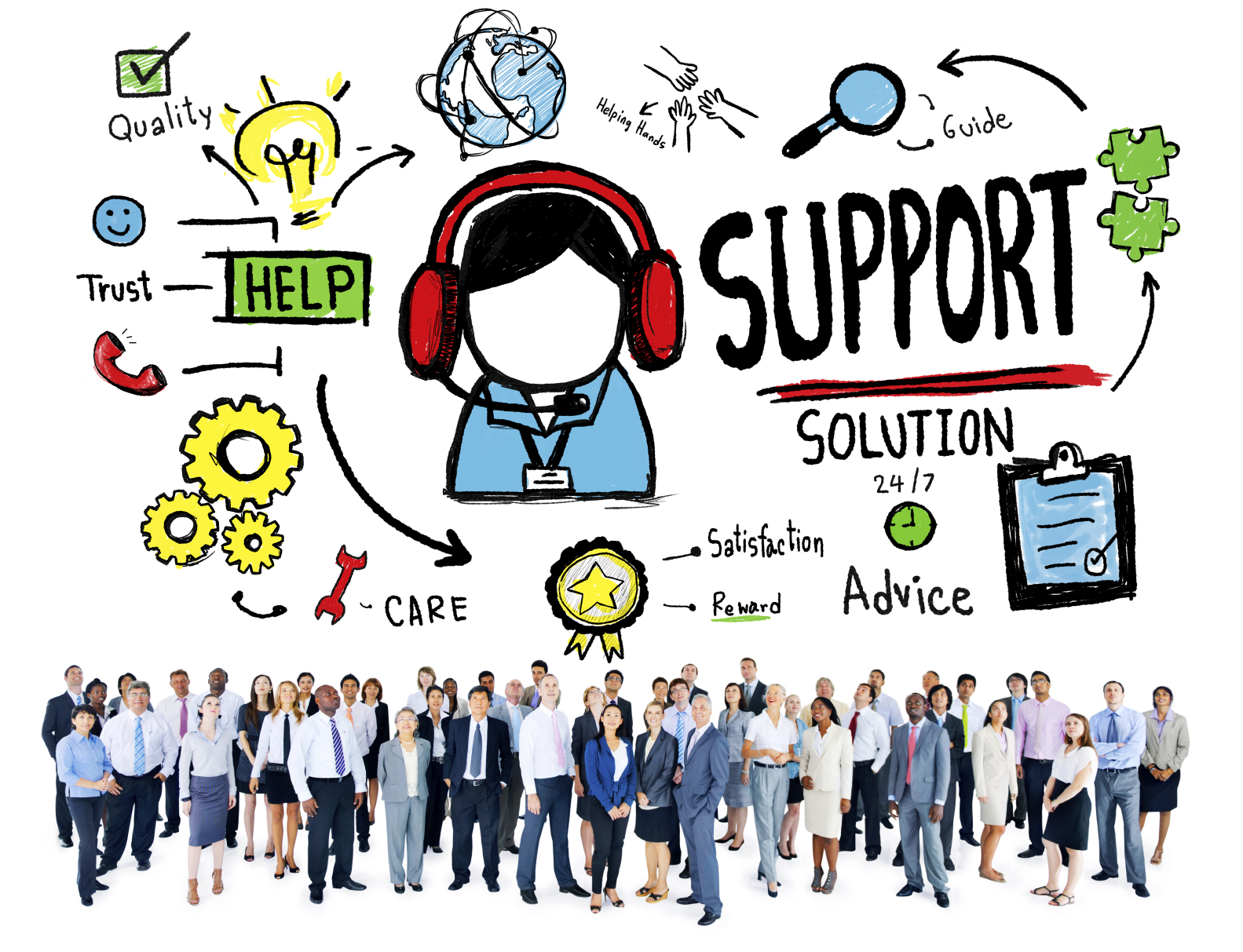This blog post is an excerpt from our recent Information Perspective, “Achieving Customer Service in the Real World.” To download the full research brief, click here.
Rapidly expanding technology has changed expectations of customer service in the public sector. Citizens, and other government customers want to be able to see how their tax dollars are being spent with easier, faster, and more connected services from their governments.
When citizens expect to be able to access information and accomplish tasks on their own, as they can with Travelocity or Amazon, it has large implications for how government provides services and manages its data. That’s why organizations should consider self-service analytics to improve overall customer service.
Self-service analytics is a business intelligence (BI) approach to data analytics that enables customers to access and work with an organization’s data and information without the help of the information technology department. Through self-service analytics, public employees can better manage data on their diverse constituent bases and help customers address their needs on their own, without having to take the extra time or effort to interact with an agency worker.
Government has recognized the importance of self-service analytics to improve customer service. But agencies still face many challenges including: bad data; lack of intuitive interface where government websites fail to meet user expectations; legacy infrastructures; and costly deployments.
So what can agencies do to improve their technology for meeting customer service needs? This is where self-service analytics can help.
Using BI approaches like those of Information Builders, your agency can use self-service analytics to meet your customer’s increasing demands for information. Information Builders is dedicated to helping government agencies use self-service analytics to improve customer services. Since 1975, the company has been dedicated to superior customer service and market-led innovation through the power of information.
Self-Service Analytics Basics
What do self-service analytics look like at a government agency? For the general public, it means having a more personal connection with local and federal governments, a better understanding of how to interact with government, and more knowledge about what services are available.
Self-service analytics can help speed up processes for data and platform development to help developers and IT staffs use powerful, yet intuitive tools to make robust analytic content available to all customers. It also makes the citizen’s life easier because they can easily answer questions on their own just by clicking on your agency’s site.
When deploying self-service analytics, it’s important to ensure that your agencies’ self-service capabilities meet the following criteria:
- The platform must be flexible and open. In designing your platform, it’s important to keep in mind that one size doesn’t fit all. Design an interface based on the type of user for your agency and make sure it’s easy to use.
- Data must be accurate and complete. Since most of the applications deployed to citizens combine data from more than one data structure, there can be some inconsistencies in data. That’s why it’s important to have a data quality program in place to ensure data is complete and consistent.
- Development should be iterative and responsive. An iterative approach is critical to customer application development to quickly deploy and improve your services, based on customer feedback.
How Maryland MVA Created Service Center Fast Lanes
What are some real-life examples of how data-driven decision-making combined with self-service analytics can rapidly improve customer service delivery and customer satisfaction? Just ask the State of Maryland Motor Vehicle Administration (Maryland MVA).
With population growth, residents traveling more miles, and new trends in security, MVA struggled to improve citizen services, especially with a constrained budget. At the same time, the agency faced challenges with its internal data management strategies because of a high number of disparate data sources and legacy applications.
Because of these challenges, Maryland MVA leaders were concerned about how they could better issue licenses and registrations for millions of people and vehicles, reduce wait times, move operations online, and transform a normally frustrating experience into a pleasant one.
In partnership with Information Builders, Maryland MVA worked to better capture information and codify it into systems. BI helped Maryland MVA better manage its data and information, which is especially important because the department provides a number of services, such as licensing all commercial and non-commercial drivers, registering and titling vehicles, issuing photo identification, and conducting driver and motorcycle safety programs.
With the help of Information Builders, Maryland MVA managed to:
- Shorten wait times and lines.
- Move services online.
- Provide appointment scheduling.
- Reduce operational costs.
- Improve citizen satisfaction.
At Maryland MVA, customers don’t have to come in person for every type of service. They can now meet their needs on their own through a variety of online services. With smarter self-service analytics, employees at Maryland MVA can easily track key concerns of the week by district, county, and office size. Now, Maryland MVA can view updates of current traffic in Maryland, how many people showed up at onsite locations, and how long they had to wait in line for services.
In government, better customer service means much more than simply improving customer satisfaction. It means increased transparency and accountability to citizens. It means helping public employees do their work in a more efficient manner. It also means improving collaboration and communication between government and the public to achieve customer service in the real world.






Leave a Reply
You must be logged in to post a comment.